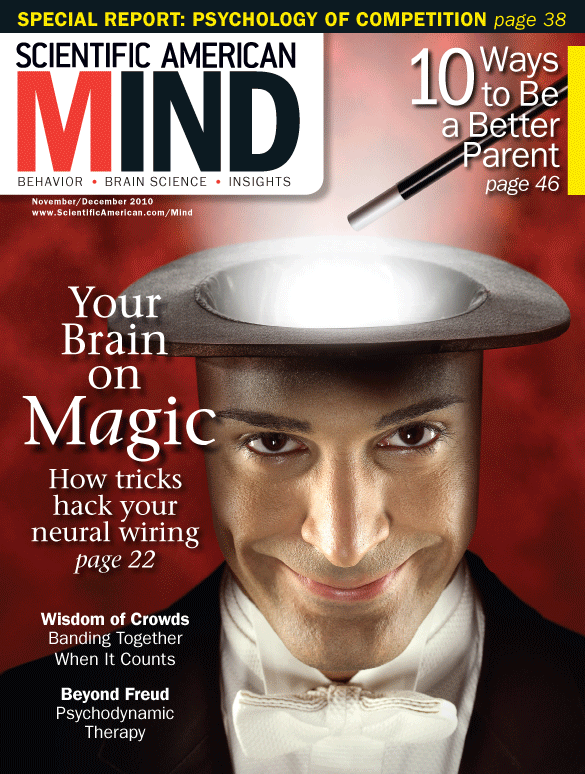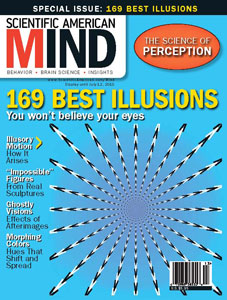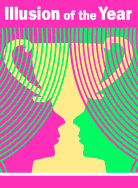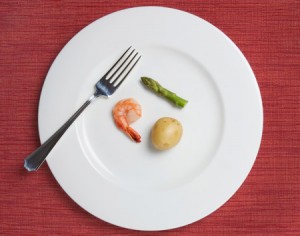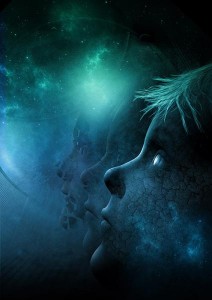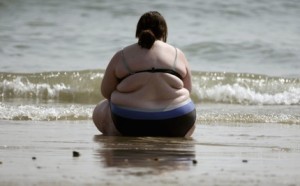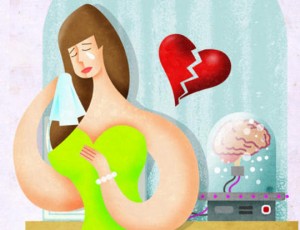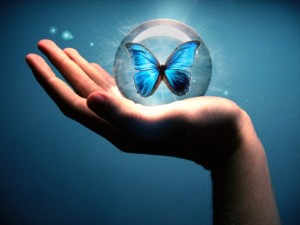Magic and the Brain in the Phoenix Theater!
We were thrilled to join world-renowned magicians James Randi and Mac King for an evening of science and magic!
Las Vegas is coming to Phoenix for a rare star-studded event that will mix the world’s greatest magic with the mysterious science of the brain. International-renowned magicians Mac King and the Amazing Randi will take the stage along with brain scientists from Barrow Neurological Institute in an evening titled “Magic and the Brain.” The September 17 charity event at Phoenix Theater will showcase the unusual partnership between scientists at Barrow and magicians who have traveled to the Institute to help medical researchers better understand the way the brain functions and how it is tricked. Barrow, located at St. Joseph’s Hospital, is celebrating its 50th Anniversary and today does more brain surgeries than any hospital in the nation. The unusual medical research has been led by Drs. Susana Martinez-Conde and Stephen Macknik. Mac King, who headlines in Vegas at Harrah’s and the Amazing Randi, who is the world’s Elder Statesman of Magic, will perform as the researchers try to explain the unexplainable.your brain.
Susana Martinez–Conde and Stephen L. Macknik



